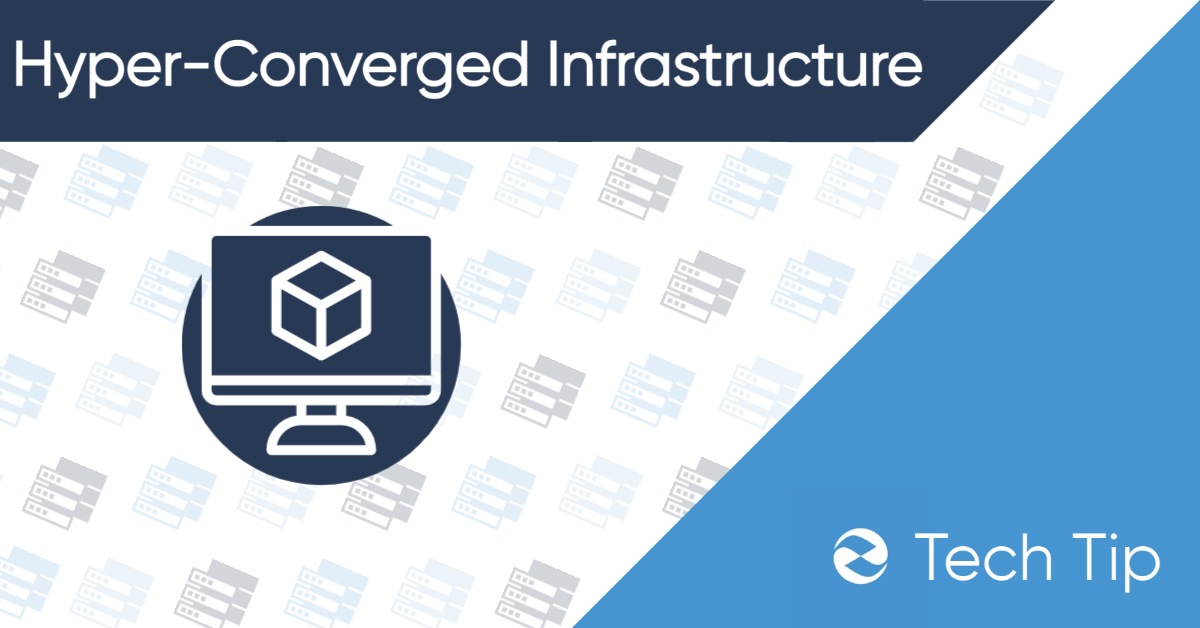Hyper-Converged Infrastructure

What is hyper-converged infrastructure (HCI, hyper-converged, hyper-converged)?
Traditionally, data centers have relied on a separate stack of hardware including a layer for compute, a layer for storage, and a layer for networking – in order to function. With that comes the experts necessary to set up, maintain, and troubleshoot these complex infrastructures. A deep level of technical knowledge is necessary in order to run these technology silos. These traditional setups are still widely used, but hyper-converged systems are gaining momentum as IT decision-makers are seeing the tremendous benefit these systems can bring to their departments.
The issue often comes down to scale
Traditional IT infrastructures are difficult to scale. Once the stacks either reach the end of their expected life-cycle or the storage layer fills up to capacity, it’s often required to perform a forklift upgrade – a rip out and replace is often the only way to upgrade. This is costly, risky, and time-consuming.
As companies grow, so does the infrastructure needed to support that growth. Data storage inevitably increases as does the need for constant availability. With the need for increased availability, comes with a decrease in tolerance for downtime. Depending on the business, the cost of downtime can monumental. Growth also means more hardware, more technical silos, and an increase in energy consumption to power and keep cool – those rows of cabinets.
Enter hyper-converged infrastructure
Hyper-convergence combines the layers of the traditional infrastructure into a single “box”. This has obvious benefits from a dedicated hardware perspective but also allows IT departments to utilize their resources much more efficiently. The reduction in hardware footprint means a much lower cost of ownership and much lower energy usage.
Hyper-converged infrastructures are gaining a growing presence in data centers. The cost and resource savings are impressive. Not to mention being able to set them up in a short amount of time and then manage them from a single pane of glass.